Patent case: T 1148/15, EPO
July 1, 2021
A board of appeal of the EPO held that for the problem-solution approach to inventive step the requirement of the same “purpose or effect" in the criteria for selecting the closest prior art for a claim refers to the purpose or effect of the claimed subject-matter as a whole, not just of its distinguishing feature(s). Teaching away does not exclude use of a publication as closest prior art. Nor is a teaching towards the distinguishing feature(s) necessary to qualify as the closest prior art. The problem has to be determined after selection of the closest prior art.
Case date: 20 January 2021
Case number: ECLI:EP:BA:2021:T114815.20210120
Court: European Patent Office (EPO), Board of Appeal
A full summary of this case has been published on Kluwer IP Law.
You may also like


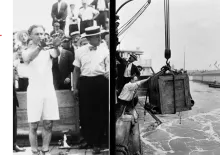
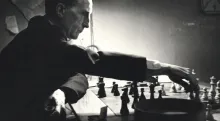



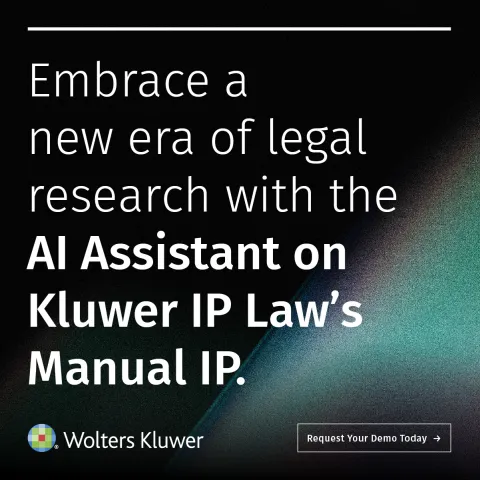
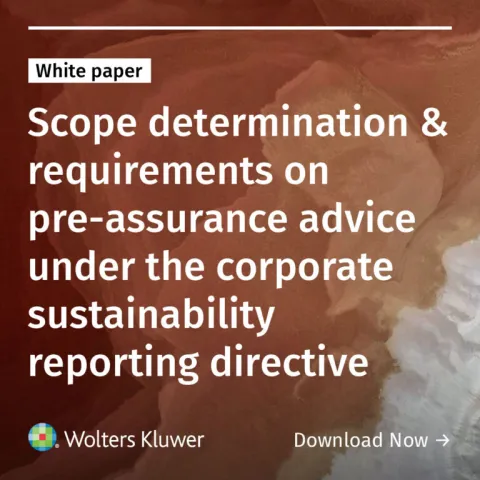
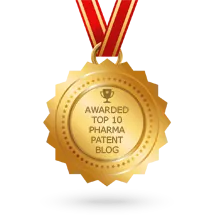
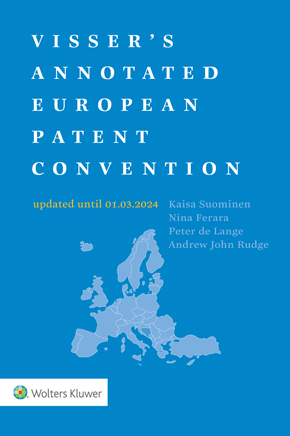
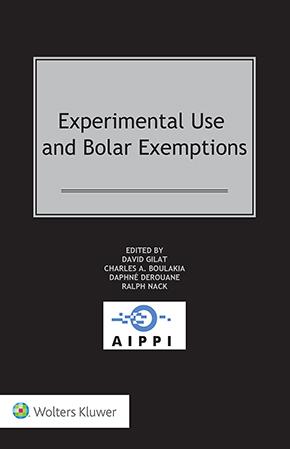

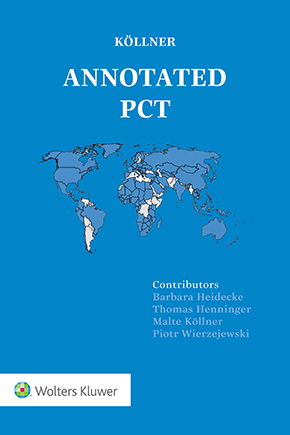

Peter Parker
I never understood this discussion and only played along with the closest prior art theme to pass the EQE. In my mind, any document is a valid starting point if it results in obtaining the subject matter in question via the problem solution approach. That is, if there is any conceivable way to arrive at the alleged invention without inventive step, then it is dead. Just because a road looks less traveled when you are at a crossing does not mean that road won't ever be taken. Sure, in practice you try to start with the document you consider closest because you don't want to do 15 problem solution approaches that don't work out before you find one that does, but that is just for convenience and not a part of the underlying theoretical framework.
Max Drei
Peter, I agree. Well said! Personally, I abhor decisions that use the expression "closest prior art". To use this expression is misleading within Europe and, outside Europe brings undeserved ridicule down on the head of the estimable EPO problem-solution approach to the obviousness enquiry which I so much admire. Why do people do it? Is it a lazy hang-over from how obviousness is discussed in the patents courts of Germany?